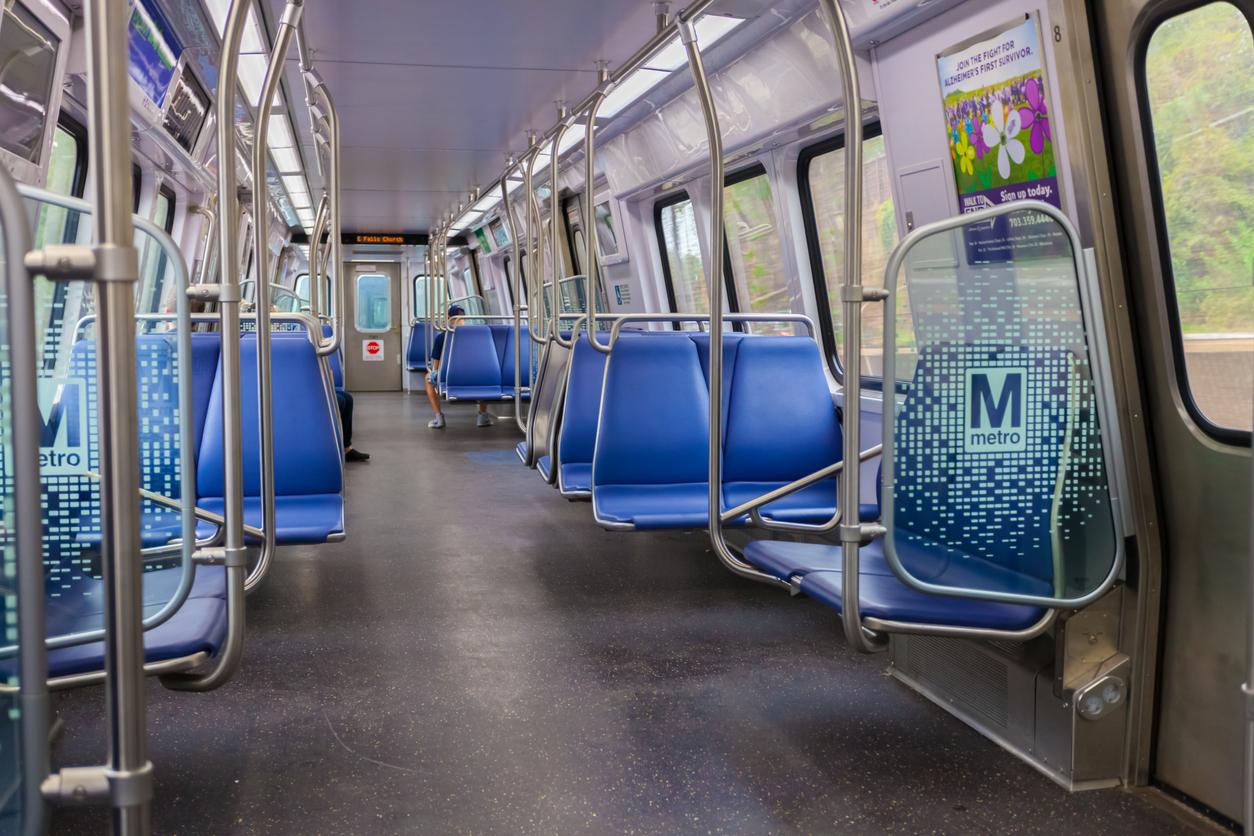
Bus and Metro users in Prince George’s County are looking forward to the forthcoming Maryland Purple Line, but lower-income residents are likely to experience transit-induced neighborhood gentrification and unequal access due to the profit-focused transit design and urban planning models, according to a new University of Maryland School of Public Health study.
Led by Jennifer D. Roberts, associate professor in the Department of Kinesiology, and doctoral student Shuling Wu, the Purple Line Impact on Neighborhood, Health and Transit (PLIGHT) study examines pre- and potential post-impacts of the Maryland Purple Line - a 16.2 mile long light rail train in the Washington D.C. metro area that will connect Prince George’s County to Montgomery County. Findings from the PLIGHT study, which were published in the November 2022 issue of Cities & Health, also explored how urban communities actually experience public transportation investments.
Overall, transit-oriented developments (TOD) - the creation of compact, walkable, pedestrian-oriented, mixed-use communities centered around a major transit station - are increasingly important as they address problems such as urban sprawl, pollution and rising rates of non-communicable diseases. But their development and maintenance is expensive, and developers need to make a profit for the transit system to be financially viable. The underlying capitalist profit motive that is embedded into the process to create TODs contributes to transit injustice and health inequities, Wu said.
“This study highlights the disconnect between transit-oriented development idealism and practice,” she said. “Public transportation is such a needed resource, and yet when it’s built, the people who need it the most often benefit the least from it. We spend billions of dollars and we have community forums, and no matter what we do when we build it, it ends up causing more social disparities.”
Roberts and her team interviewed 75 people at Metro and bus stations around Prince George’s County, a predominantly Black and Hispanic community, about their thoughts on the new rail line and neighborhood changes that will follow. Responses differed between the Metro and bus users.
“Our findings show that Metro train and bus users represent different social classes and views on the rail line,” Wu said. "This is an important distinction because if we don’t consider the two users separately, we end up building a transit system that only works for the Metro users. We need to evaluate the needs of the bus users separately in transit planning.”
For example, Metro users, a majority of whom are from middle to upper income groups, are looking forward to the convenience and access to new locations offered by the new line. Bus users, a majority of whom are from lower to middle lower income groups, are looking forward to the improvements in neighborhood aesthetics but not the transportation the new line will provide.
“I was really surprised by the bus users looking forward to the Purple Line even though they don’t plan to use it because they can’t afford the fares,” Wu said. “They recognize people are investing in their community and that the improvements around the line will make the place more beautiful. But fares are a perceived barrier.”
This is how transit injustice begins, Wu said. Because bus users are less able to afford efficient modes of transportation, they experience long commute times, fewer completed tasks and reduced leisure time per day, she said. Then TODs get built driving up the cost of living and pushing the bus users out even further away from transit. So they have an even longer commute. With little disposable income and time, this community must choose between securing financial stability, career development and managing its health.
She cited the Rosslyn-Ballston corridor in Arlington, Virginia as an example.
“The highly successful transit system in Arlington brought up the area’s real estate value and improved a dying neighborhood,” Wu said. “[Planners] worked really hard to be inclusive, and they were very mindful about putting policies in place to help low-income families and creating affordable housing. Yet 50 years later, it’s so successful that the people who need it the most can't get to it, and it’s now surrounded by million dollar homes.”
Armed with this information, planners trying to build an equitable and inclusive transit system should acknowledge how planning that solely focuses on economic revitalization and profitability influences development. They should move beyond logistics and algorithms to accurately capture, protect and bolster surrounding community needs, Wu said.